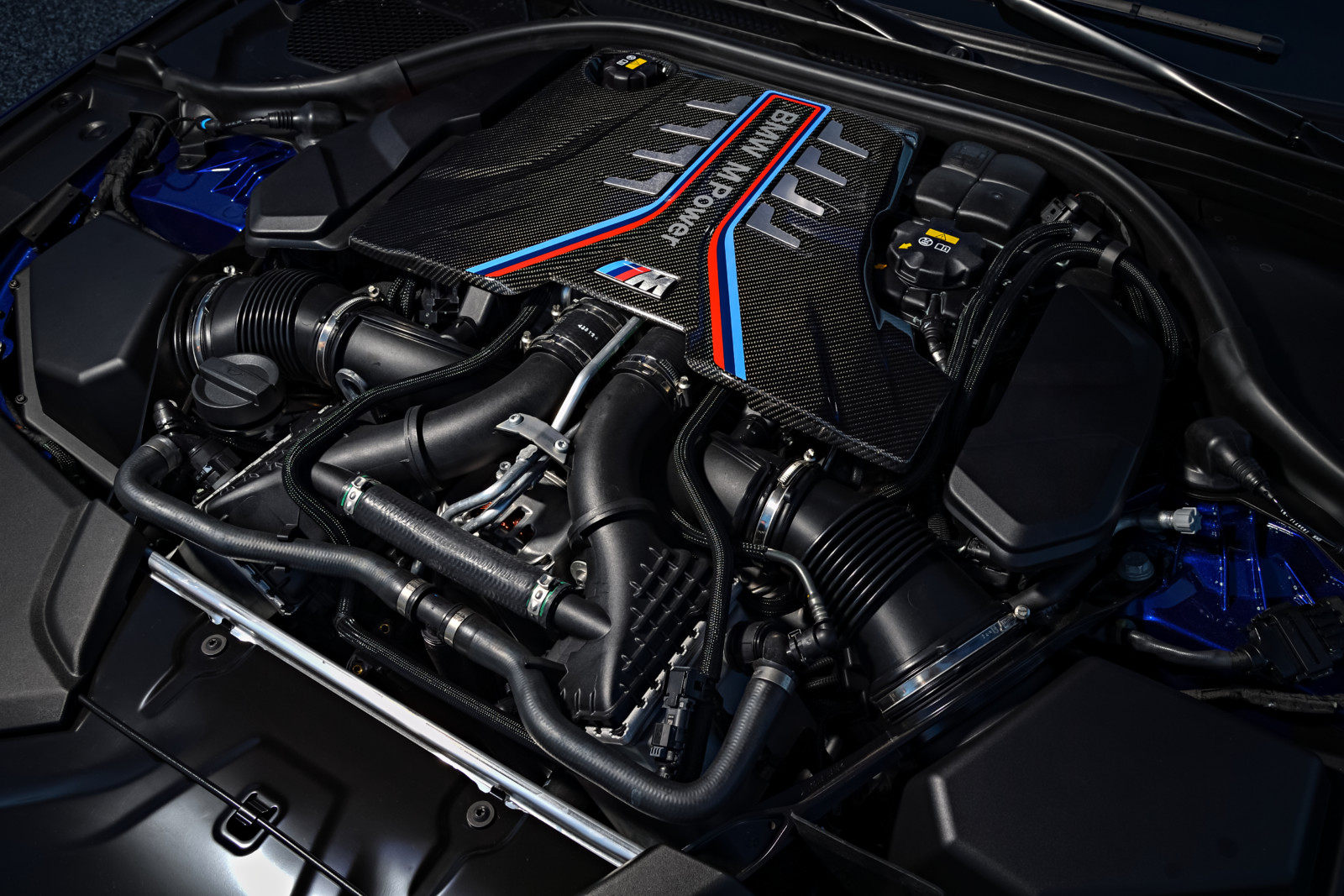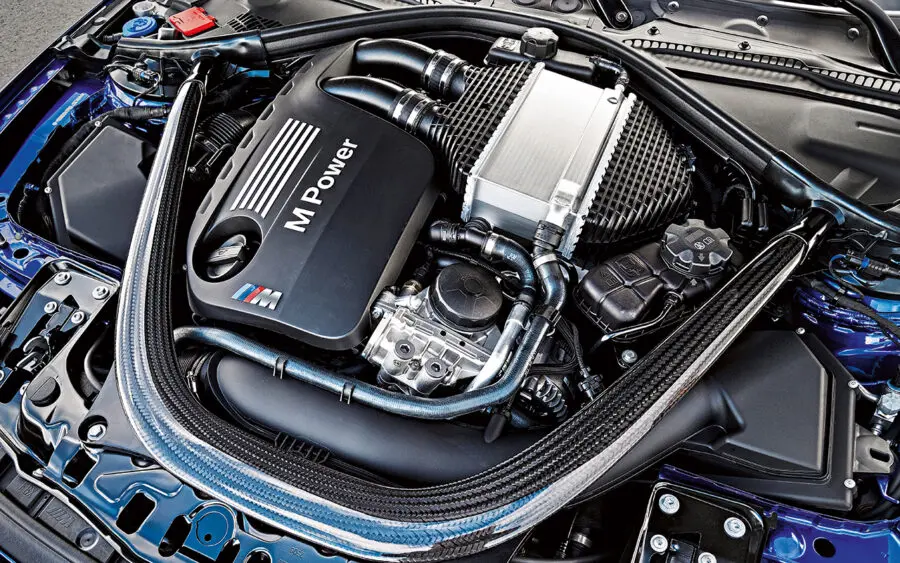A Comprehensive Overview to Understanding BMW Engine Specs
A Comprehensive Overview to Understanding BMW Engine Specs
Blog Article
Checking Out the Development of Combustion Engines in Modern Transportation Solutions
As we browse the landscape of contemporary transport, the evolution of combustion engines stands as a testament to human ingenuity and design expertise. From their modest starts to the innovative giants driving lorries today, burning engines have actually gone through an exceptional journey of development and adaptation. Understanding the intricacies of this evolution not just clarifies the past yet likewise leads the way for visualizing what lies in advance in the world of transportation technology. The interplay of history, modern technology, and ecological problems fit the trajectory of burning engines produces a narrative that is both engaging and informative.
Very Early Beginnings of Combustion Engines
Exactly how did the idea of burning engines very first arise in the early stages of transportation growth? When the principles of internal burning were first checked out, the roots of burning engines can be traced back to the 17th century. In 1673, Christian Huygens conceived a standard interior burning engine that utilized gunpowder to create power. It had not been until the late 19th century that functional applications of burning engines in transportation started to arise.
The advancement minute featured the innovation of the very first effective gasoline-powered engine by Karl Benz in 1885 - bmw engine. This engine paved the means for the development of the modern-day automobile, transforming transport systems worldwide. Succeeding innovations by Nikolaus Otto and Gottlieb Daimler additionally improved burning engine technology, leading to the mass manufacturing of autos and the quick expansion of the transportation market
These early burning engines were identified by their simplicity and efficiency, laying the foundation for the complex and powerful engines used in modern-day transport systems. The advancement of burning engines has actually been critical in forming the method we travel and carry products, marking a significant milestone in the background of transport advancement.
Shift to Internal Burning Modern Technology
The change to interior combustion technology noted an essential shift in the evolution of transport systems. This change began in the late 19th century, with inventors like Nikolaus Otto and Gottlieb Daimler creating the initial successful internal burning engines. These engines reinvented transportation by supplying a much more effective and efficient alternative to heavy steam engines and electrical motors.
Among the crucial advantages of inner combustion engines was their ability to be reduced to match vehicles, bring about the advancement of motorcycles and autos. This shift from cumbersome, stationary engines to portable, mobile ones led the way for the modern transport systems we see today.
The transition to interior combustion innovation also stimulated advancements in gas technology, causing the growth of gasoline and diesel as main gas sources for lorries. This shift not just made transport much more obtainable to the masses but likewise laid the foundation for the oil and gas sector to become important to international economic climates.
Influence of Combustion Engines on Transportation
The adoption of burning engines in transport systems catalyzed an extensive change in the efficiency and speed of worldwide flexibility. Combustion engines transformed transport by giving a reputable and functional resource of power for various cars, including cars and trucks, airplanes, trucks, and ships. This advancement dramatically enhanced the capacity for goods and people to conform fars away in much shorter amount of time, bring about increased connectivity in between areas and countries.
In addition, the prevalent usage of combustion engines has had a considerable effect on economic development. The ability to transport goods successfully has actually stimulated profession and business, enabling services to broaden their markets and reach consumers worldwide. This has actually promoted financial growth and globalization, as products can currently be moved quicker and in larger quantities than ever before.
However, the ecological effect of combustion engines can not be overlooked. The burning of fossil gas has led to air contamination and greenhouse gas discharges, adding to climate change and posturing health and wellness dangers to populaces. bmw engine. Therefore, there is a growing focus on establishing alternative propulsion modern technologies to minimize these unfavorable effects and develop a much more sustainable future for transport
Developments in Burning Engine Style
Numerous innovations in combustion engine layout have actually pushed the evolution of transport systems over the decades. One significant development is the growth of turbocharged engines, which utilize exhaust gases to drive a generator that compresses inbound air, permitting even more fuel to be burnt, leading to raised power output without a significant increase in engine dimension. Additionally, straight shot innovation has improved fuel performance and performance by exactly regulating the amount and timing of fuel infused into the combustion chamber. Variable shutoff timing systems have actually likewise reinvented engine design by enhancing air movement at different engine speeds, improving both power and performance. Another considerable innovation is the integration of light-weight materials such as carbon fiber and aluminum alloys, minimizing total engine weight and improving car gas economic situation. Improvements in computer-aided layout have actually made it possible for designers to websites maximize engine efficiency and performance via simulations prior to physical models are constructed, conserving time and sources in the advancement procedure. These advancements jointly add to the continual renovation of burning engines in modern-day transportation systems.
Future Patterns in Combustion Engine Growth
With technology innovations driving continuous advancement, the future of combustion engine advancement is positioned to reinvent transport systems globally. One of the vital fads in combustion engine advancement is the press towards higher performance and decreased exhausts.
One more popular trend is the fostering of crossbreed innovations in burning engines. Hybrid engines integrate typical combustion modern technology with electric power, supplying improved gas efficiency and reduced exhausts. As the vehicle industry shifts towards electrification, hybrid combustion engines are viewed as a transitional remedy that bridges the gap between traditional automobiles and totally electrical ones.
Moreover, the integration of wise innovations, such as expert system and information analytics, is anticipated to play a substantial duty in the future of burning engine development. These technologies can optimize engine performance in real-time, leading to much more efficient combustion processes and enhanced total vehicle efficiency. Welcoming these future fads will certainly not just drive advancement in burning engine development but also add to an extra environmentally friendly and lasting transport environment.

Final Thought
In verdict, the advancement of burning engines in contemporary transportation systems has been noted by considerable developments in technology and layout. From the very early beginnings of combustion engines to the transition to internal burning official source innovation, these engines have had an extensive influence on transport.
The roots of burning engines can be mapped back to the 17th century when the principles of inner burning were first explored. These engines changed transportation by offering an extra powerful and reliable option to steam engines and electric motors.

Report this page